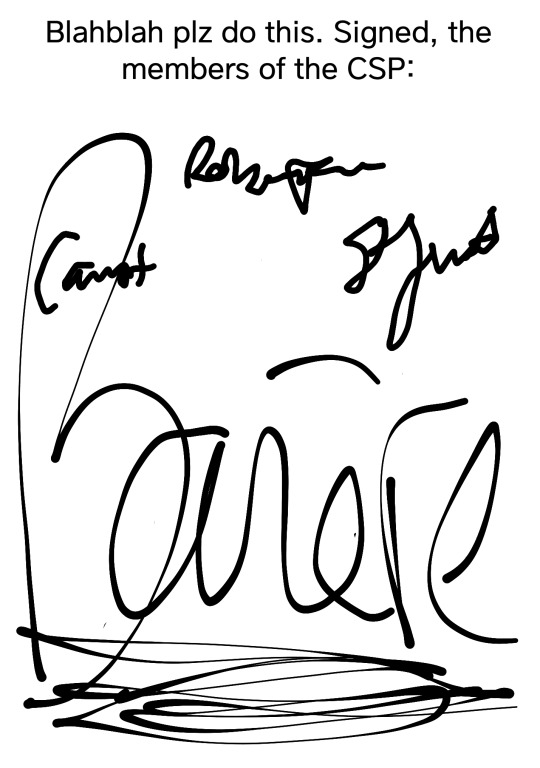Text

Conquered but not Subdued by Richard Caton Woodville Jr.
133 notes
·
View notes
Text
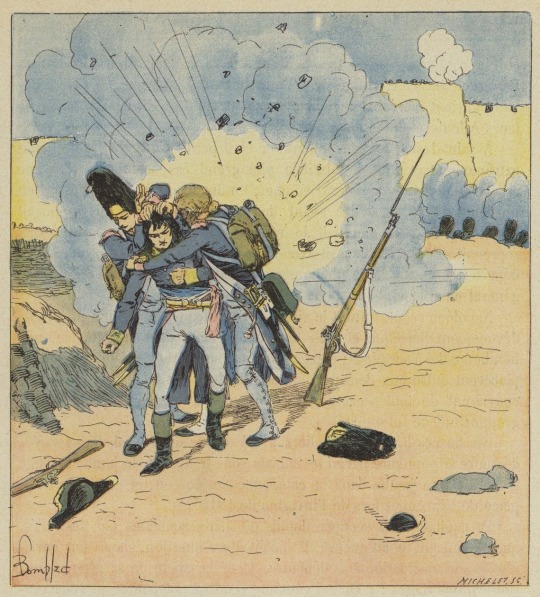
At St Jean d'Acre, the grenadiers Daumesnil and Souchon cover Bonaparte with their bodies to protect him from the shrapnel of a bomb blast.
by Louis Charles Bombled
135 notes
·
View notes
Text
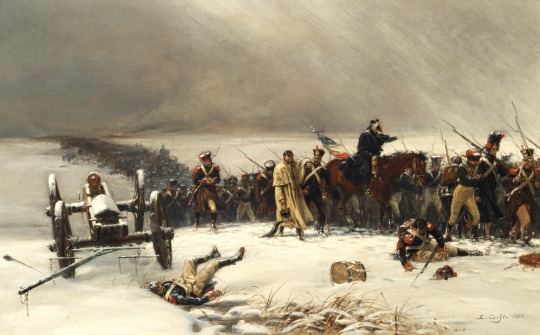
The Retreat from Moscow by Ernest Crofts
140 notes
·
View notes
Text

Napoleon at the Battle of Mount Tabor, 16 April 1799 (detail)
by Louis-François Lejeune
85 notes
·
View notes
Text

Thank you to everyone who got me to 1000 likes!
3 notes
·
View notes
Text
Also he designed his own uniform and other uniforms. HE'S HERE TO INCREASE THE SEXYMAN CONTENT.
WHO ELSE'S HISTORICAL BLORBO DRAWS HIMSELF NAKED AT LEAST FOUR TIMES.
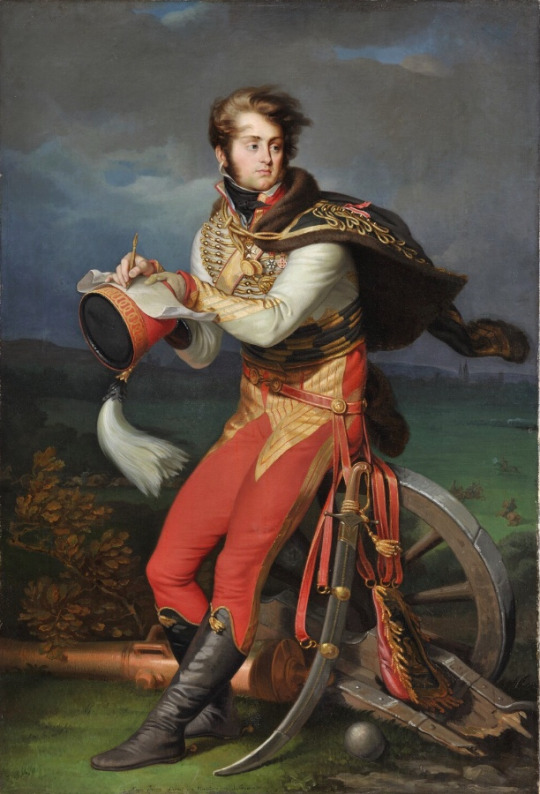
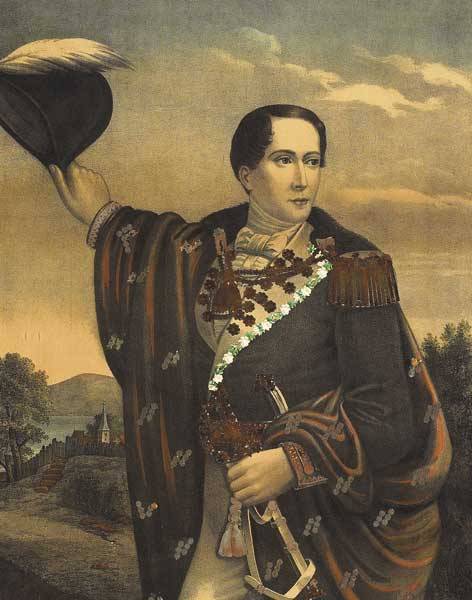
Louis-Francois Lejeune
a. “He painted himself attractively into his paintings. He is submitting himself as sexyman.”
Robert Emmet
a. “Very little justification for this apart from the gay little uniform he wore when he unsuccessfully tried to take over Dublin that one time”
47 notes
·
View notes
Photo

Napoleon and general Desaix at the battle of Marengo, illustration by Job.
234 notes
·
View notes
Text
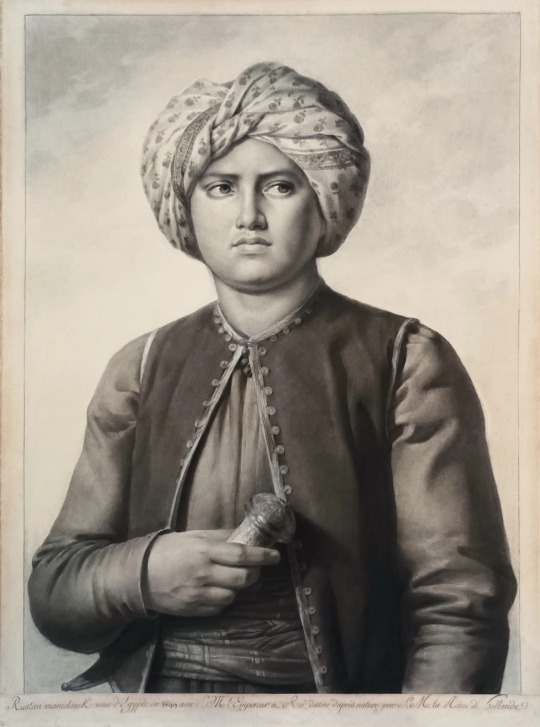
I found this neat portrait of Roustam Raza made by Hortense de Beauharnais! Circa 1800s
Roustam was Napoleon’s bodyguard and valet, and Hortense was Napoleon’s stepdaughter. Roustam was an Armenian Mameluke in Egypt, originally from Tbilisi. He became employed by Napoleon during the Egypt campaign in 1799, following him back to Europe, and remained by his side until Napoleon’s abdication in 1814. He lived the rest of his life in France.
TEFAF Maastricht
117 notes
·
View notes
Text


A miniature portrait of Jérôme Bonaparte by Louis François Aubry (French, 1767-1851)
Jérôme Bonaparte, King of Westphalia (1784-1860), wearing white uniform of the Westphalian Infantry and the red ribbon, star and badge of the Grand Eagle of the Légion d'Honneur.
Aubry was a pupil of Vincent and Isabey. In turn, he taught many important artists including Saint, Millet, Le Gros, Delacluze and Meuret. He painted many important members of the French court, including Jérôme and his wife, Pauline Bonaparte and the Empress Joséphine.
(Bonhams: Napoleon Bonaparte, The British Sale)
12 notes
·
View notes
Text
seduce me with useless funfacts about napoleon bonaparte
269 notes
·
View notes
Text

In 1805, on his way to Milan to receive the Italian crown, Napoleon allowed himself “two days off between two crowns” and stopped in Brienne, to see the places of his childhood again.
One morning, while riding a horse in the middle of the countryside, he suddenly left the company behind him, rushed through fields and forests, then disappeared. There is panic among the officers. Where has the Emperor gone?
After three hours of fruitless search, Caulaincourt had the idea of firing a pistol in the air, which did not fail to bring Napoleon after a few minutes.
“He approached them laughing, happy that he, the master of 40 million men, had been his own for three hours.”
Source. (Note: I translated this from French so it may not be 100% accurate)
70 notes
·
View notes
Text


In 2002’s Napoléon, Isabella Rossellini’s Josephine wore a set of coral jewelry consisting of a necklace and earrings. Twenty years later, the necklace was reused in Diane de Poitiers (The King’s Favorite) on Gaia Girace as Catherine de Médicis.
Costume Credit: Lucia
Follow: Website | Twitter | Facebook | Pinterest | Instagram
228 notes
·
View notes
Text
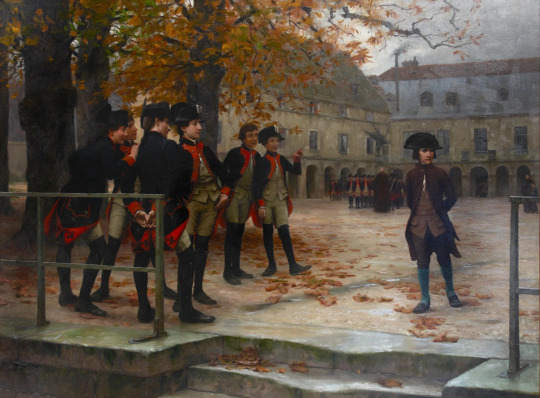
Napoleon starting his journey at Brienne's military school in 1979.
Art by Maurice Realier-Dumas
101 notes
·
View notes
Text
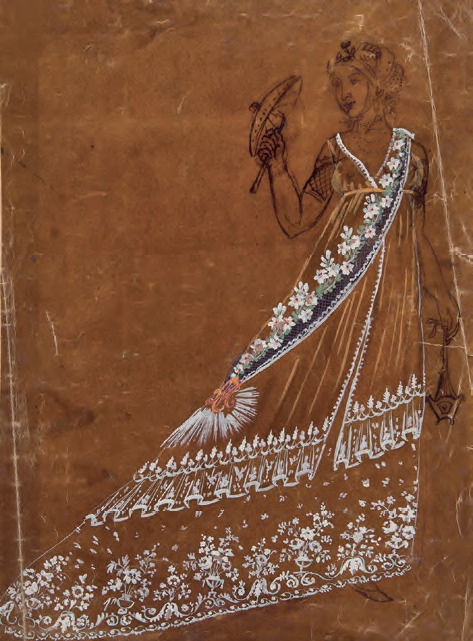
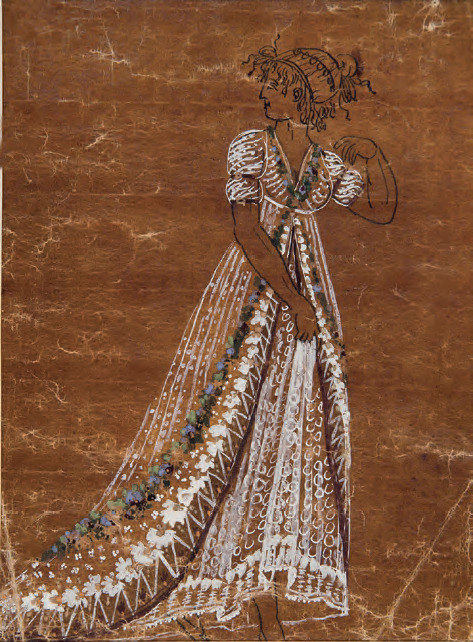
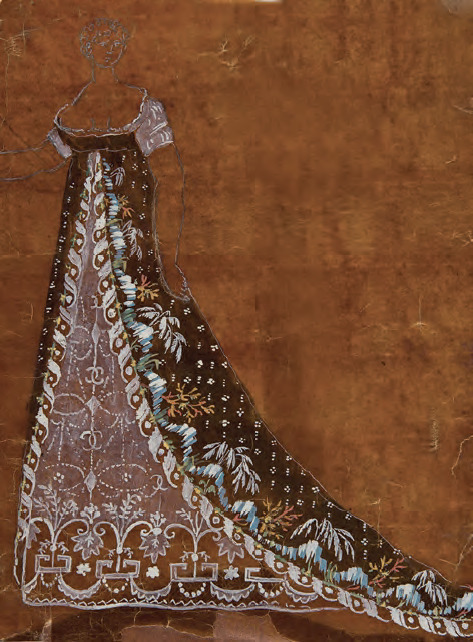

Empire style dress designs made by Jean-François Bony
c. 1803, France, Napoleonic era
405 notes
·
View notes
Text
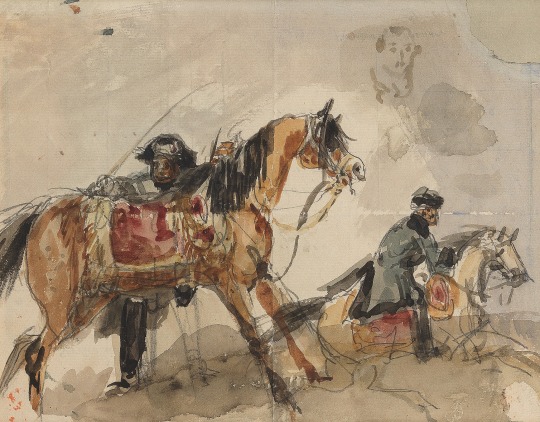


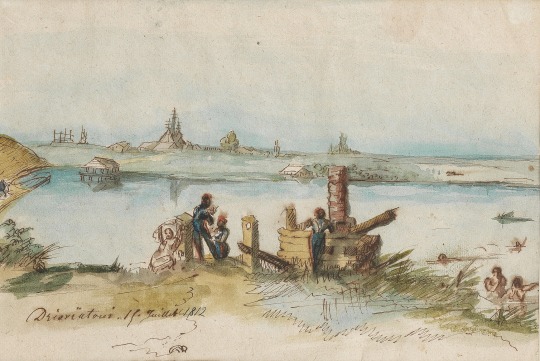
Campaign illustrations by François Pils (French, 1785-1867), made from life
Napoleon mounting his horse; Soldiers at Dranchowitz; Combat D'Amstetten; Soldiers resting at Drisviatoui.
A set of four, one inscribed and dated 'Dranchowitz/a 8 heures du soir, le 19 Mai 1813' (lower right), one inscribed 'Drisviatoui, 11 Juillet 1812' (lower left).
Pen, ink and watercolour, the largest.
François Pils, from Alsace, was the valet de chambre for General (later Marshall) Oudinot, and was with him on the battlefields of Austerlitz, Jena, Essling and Wagram. A talented artist and author of the famous journal of the Napoleonic campaign Journal de marche du grenadier Pils, 1804-1814, he would later study with Horace Vernet. His son, Isadore, was also an artist. A watercolour entitled The Surgeon Capiomont Stitching the Ear of General Oudinot at the Battle of Wagram, 1809 is in the Wellcome Collection.
The works in the present lot depict various engagements which took place in the early 19th Century: 'Combat D'Amstetten' was a skirmish between French and Austrian troops in November 1805; 'Drisviatoui' was a position occupied by Oudinot during the invasion of Russia in 1812; 'Dranchowitz' was a position occupied by the French during their retreat through Saxony in 1813.
Bonhams: Napoleon Bonaparte, the British Sale
13 notes
·
View notes
Text
Evidence of Napoleon’s awareness of the concept of vampires

(Tombstone in Père Lachaise Cemetery, by Louise-Joséphine Sarazin de Belmont)
“They [vampires] even confronted Napoleon during his reign, as exemplified by an anecdote from the early nineteenth century about Napoleon’s reaction to a story about a strange man named Rafin who disappeared every night into Père-Lachaise Cemetery only to reappear in the morning: when Napoleon heard the this, he reputedly asked if Rafin was “a vampire” (Mozzani 1988: 212-14). Certainly, the general population across Europe at the turn of the nineteenth century found them of interest, especially as their literary place began to take hold.”
Source: Lynn, Michael R. “Wonders Never Cease: Werewolves, Vampires, and Other Curiosities in Early Modern France.” Critical and Historical Studies on the Preternatural, vol. 12 no. 1, 2023, p. 27-54.
91 notes
·
View notes
